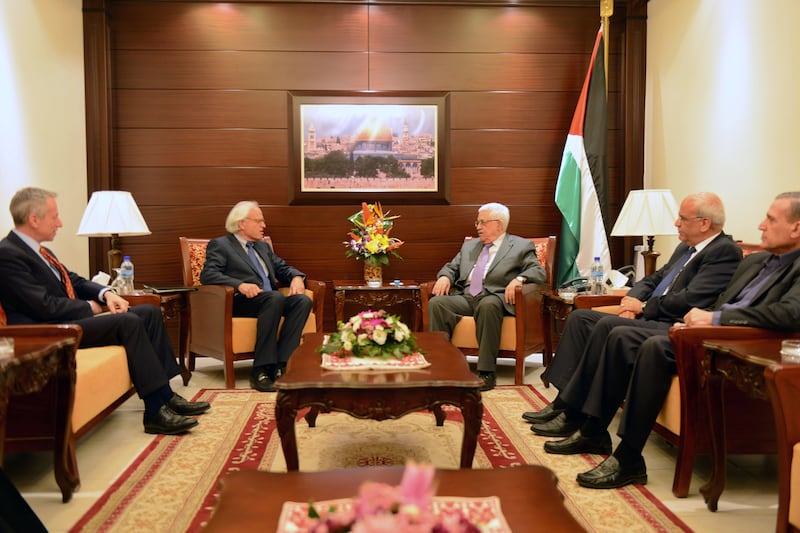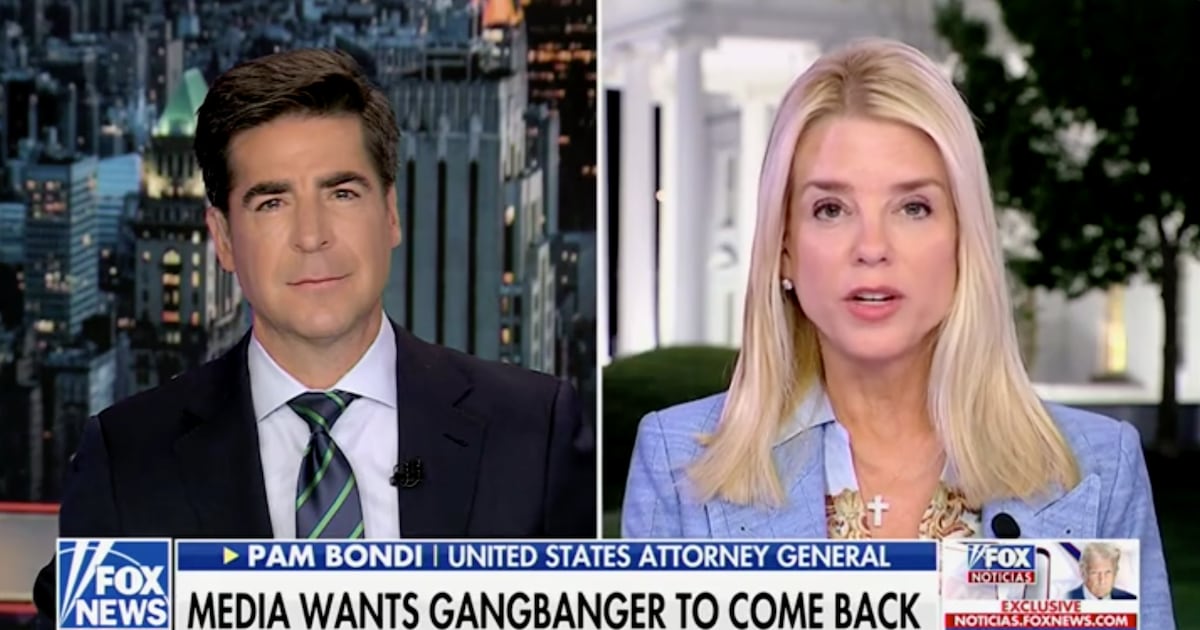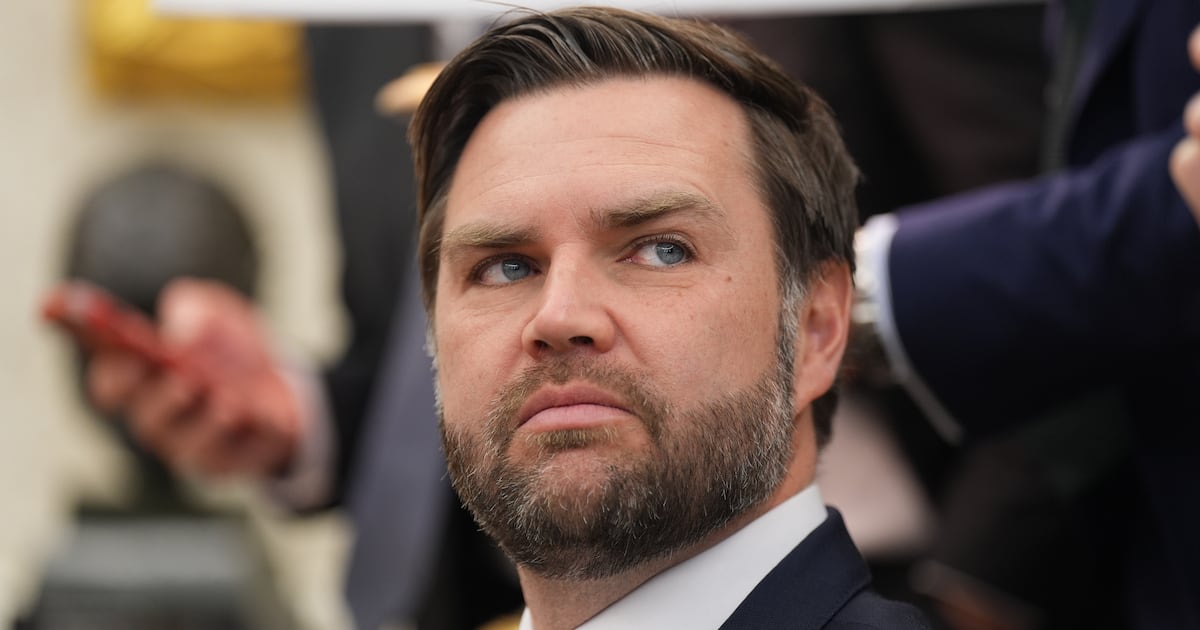As befits our new age of social media, one of U.S. peace envoy Martin Indyk’s first acts on the job was to send out a tweet. "This is not the end...”, he wrote, quoting Churchill’s famous 1942 speech, “not even the beginning of the end. But it is, perhaps, the end of the beginning."
While Indyk has remained very tight-lipped about the substance of the end-game he is pursuing, he hasn’t hesitated to make it known that when a deal is done, it will be vital to have a groundswell of public support from Israelis, Palestinians and Americans to validate it and ensure it is pushed through to implementation. In one of his few public utterances, at the J Street Annual Conference in late September, he stressed that Netanyahu and Abbas “need to know that they will have the support of their peoples and they will have the support of people like you, who care to see this conflict ended once and for all.”

Indyk should know; as a former U.S. Ambassador to Israel during the late 1990s and early 2000s, he witnessed first-hand the unraveling of what had been hailed as an historic peace agreement, the Oslo Accords. He subsequently became a Board member of the New Israel Fund, the main bridge between American donors and Israeli progressive civil society, which since 1979 has dispensed more than $200 million to over 800 organizations, and has built the kind of grassroots mobilization potential to wage the battle for public opinion should an equitable peace agreement emerge.
It remains unclear whether such a battle will need to be fought in the near future. In the near total absence of concrete information about the talks’ progress, predictions on the chance of a deal have been left mostly in the realm of speculation. But Indyk has hinted very strongly that the U.S. intends to force a choice on Palestinian and Israeli leaders by making a bridging proposal, and that a final-status agreement, with all key issues involved, will be on the table. Quoting Shimon Peres, he assured the J Street crowd that the “galloping horse of history” would soon be passing by the windows of both leaders, and they would need to choose whether to jump aboard.
There is good reason to be pessimistic about what that deal, should it materialize, would consist of, and whether it would soon crumble like its predecessor. One need look no further than the gloomy assessments of Indyk’s own team of analysts at the Brookings Institution when the talks were announced in July: with one stressing the lack of trust and common ground between the parties; and the other pointing out that with leaderships as weak as Mahmoud Abbas’ Palestinian Authority, and as committed to settlement building as Benjamin Netanyahu’s coalition, little could be expected. Indeed, both emphasized instead the urgent need for serious thinking about how to improve the situation on the ground so that an explosion of violence―or an implosion of hope―was not the main result of the talks, whatever their outcome.
All of which point to an important fact: while elite-brokered agreements are indispensable steps toward resolving any conflict, stable and enduring peace must ultimately be anchored in authentic, deep-rooted social movements that succeed in establishing the nonviolent pursuit of freedom, dignity and justice for all as mainstream values in their respective societies. The green shoots of such movements are present in Israeli, Palestinian and American society, but they are relatively young, fragmented and vulnerable. And they are swimming against a mighty tide of mistrust, structural violence and despair.
A timely and vivid reminder of the physical courage and moral leadership required to have these movements succeed came last weekend, when veteran Jerusalem expert Daniel Seidemann was attacked and wounded while visiting a Palestinian friend in Sur Bahir, little more than a stone’s throw (pun intended) from his own home. Many will know Danny as a tireless advocate for solving the complex puzzle of peace in Jerusalem, and his unrivaled knowledge of the conflict’s minutiae have, for decades, allowed world leaders, diplomats and negotiators to make informed decisions when the horse of history has passed their way. The wise and inspiring reflections he posted in the aftermath of the attack model precisely the kind of behavior that needs to become the norm, and not the exception, for this conflict to truly end.
“This ends,” Seidemann wrote, “not when Palestinians behave better, or when our Shin Bet becomes more efficient. It ends when occupation ends.” Then, mustering a sense of empathy and personal responsibility usually reserved for the great moral leaders of our age, he continued, “Until then, I remain a symbol of that occupation, and not without reason. No good deeds, as it were, will redeem me or protect me.”
Even if Martin Indyk succeeds beyond our wildest dreams in brokering a viable agreement, his inaugural tweet as envoy reminds us that such an agreement would still leave Palestinians and Israelis a very long way from the finish line. Much more of the leadership shown by Danny Seidemann at the weekend would still be needed to carry them there.






